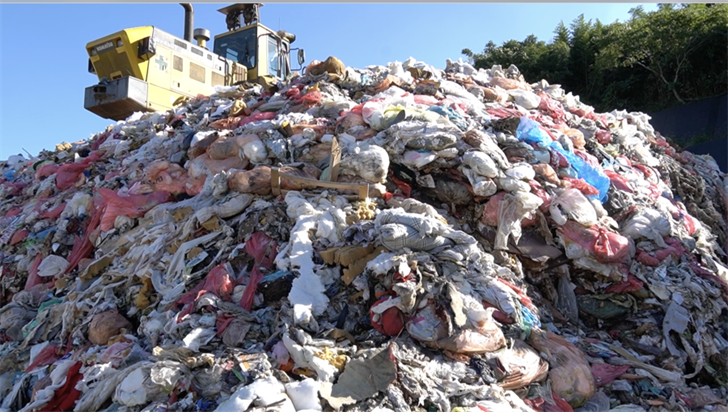What the Pacific can learn from a Japanese town that recycles over 80% of its trash

A landfill near Osaki Town has become a prime example of what is possible when a community comes together. They recycle more than 80% of their trash every year.
When Osaki Town in southern Japan first began its recycling system in 1998, it collected 4,382 tons of trash and just 35 tons of recyclables. Those numbers have drastically changed. By 2020, the amount of trash going to the landfill had fallen to just 690 tons, while residents set aside a whopping 3,300 tons of materials for recycling.

Ruru Nakagaki, the Public Relations Director for Osaki SDGs Promotion Council, told KUAM, "Since the launch of this recycling activity 25 years past it is almost like a second nature. They take it for granted that things have to be separated. And also they know that the landfill situation is at stake. At some point it will be filled, so they have no choice in a way."
But success is a choice that Osaki’s 12,000 residents and another 40,000 people from nearby towns make when their trash is dumped at the landfill. The government sprang into action and the community bought into change.
The landfill was expected to be filled by 2004, but after the community came together they added another 40 years for it to be used.
So how can this be done in the Pacific?
Nagakaki added, "First of all, the inhabitants need to know how the waste is being treated and what is the current state of the waste and they first have to see it, know it, and accept it. And then it may take leadership and together with people -- they need to have a really strong will to solve the problem. And also a strong will to believe that there will be a way once they deal with it."
That strong will was apparent at the Soo Recycling Center nearby. It collects 24 categories of materials that are sent to a processing center to be made into new items like water bottles.
Kasumi Fujita, Director of Osaki SDGs Promotion Council, said, "We ask the citizens to wash them properly. Citizens wash them properly, they take out the labels, they put them in the plastic bag, and it is brought here."
The center was built in 2004 costing around 300 million yen – today, that’s just over 2 million U.S. dollars.
The center collects recyclables from 100,000 residents. And they practice what they preach on the job.-- even using used cooking oil as fuel for their machinery.
KUAM News asked the chief of the Intermediate Treatment Department, Daisaku Kozono, if smaller communities with fewer resources could adopt their model. Hesaid, "We are able to do what we do because of the cooperation of the local residents. So, yes, with technology we can bring it elsewhere but we really need to have the cooperation and understanding of the inhabitants. When we say, cooperation, it is about separating garbage properly for example."
He says it is not about making a profit.

